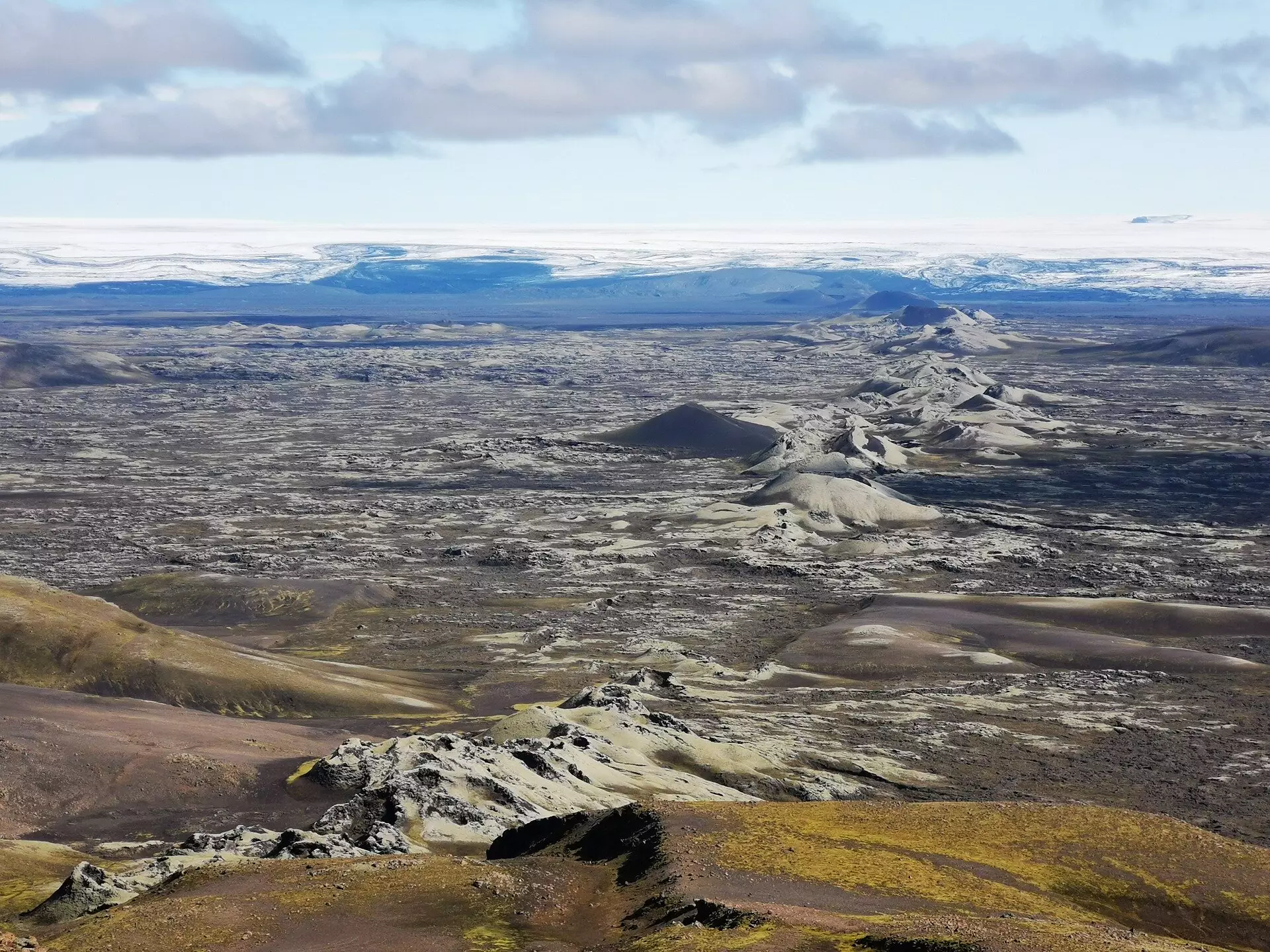Recent advancements in geological research have allowed scientists to delve into Earth’s intricate tectonic history, reaching back an impressive 1.8 billion years. Spearheaded by Xianzhi Cao from the Ocean University in China, this groundbreaking study reveals an overall reconstruction of Earth’s geological record, pieced together using a variety of rock samples found on the planet’s surface. The remarkable findings, published in the open-access journal Geoscience Frontiers, not only illustrate the dynamic nature of Earth’s structure but also open the door to understanding events that shaped life on our planet.
The resulting animation captures the breathtaking elegance of continental drift, depicting ancient landscapes as they transformed over millions of years. The imagery morphs from familiar modern continents into their primordial configurations, showcasing the rapid movements of landmasses such as India and Southeast Asia, which were once parts of the vast supercontinent Gondwana. As researchers trace the footsteps of our planet’s geological journey, a fascinating narrative unfolds—the formation of the supercontinent Pangea during the age of dinosaurs, ultimately leading back to the even older landmasses of Rodinia and Nuna.
What sets Earth apart from its celestial neighbors is its active plate tectonics—a phenomenon characterized by the fragmentation of its surface into various tectonic plates that interact through collision, separation, and sliding past one another. This incessant dance triggers a spectrum of geological events, from majestic mountain ranges to the expansive oceanic trenches that punctuate our seascapes. These tectonic movements not only sculpt the landscape but also have profound implications for the elemental makeup of the Earth’s surface and atmosphere.
Through this ongoing process, minerals and nutrients that were once locked deep within the Earth’s crust are brought to the surface, contributing to the availability of essential elements like phosphorus and molybdenum. These elements are pivotal to life, forming fundamental components of DNA and proteins, respectively. Additionally, plate tectonics plays a crucial role in regulating Earth’s climate over geological timescales by facilitating the chemical reactions that sequester carbon dioxide, establishing a natural balance that has endured long before human influence tainted the environment.
Reconstructing such an extensive geological timeline prepares the groundwork for developing digital models. These models serve as vital tools for testing hypotheses about past climatic fluctuations, such as the planet’s drastic “Snowball Earth” periods or the mysterious rise of atmospheric oxygen. By tracing the interconnectedness of geological transformations and life, scientists can delve deeper into inquiries regarding the availability of nutrients essential for evolution.
It is particularly pertinent to highlight the link between these ancient geological formations and biological evolution. The earliest evidence of complex life—cells with nuclei—dates back 1.65 billion years, which coincidentally aligns with the formation of the supercontinent Nuna. This raises fascinating questions about the environmental conditions during that era and whether the mountainous terrains that arose contributed to the proliferation of complex cellular life.
The interaction between geology and chemistry further entwines plate tectonics with life-sustaining processes. Oxygen, produced by photosynthetic organisms, not only enriches the atmosphere but also dissolves into oceans, enhancing the solubility of critical metals such as copper and cobalt. Under certain conditions, these metals precipitate out, forming valuable ore deposits. Understanding the historical locations of ancient plate boundaries grants insight into the tectonic geography of these metal-rich regions, aiding mineral explorers in their quest to uncover buried resources.
As technological advances propel humanity toward exploring extraterrestrial environments, it’s crucial to remember the uncharted territories on our home planet. We are still piecing together the intricate tapestry of Earth’s 4.6 billion-year history, and this pioneering endeavor to map the last 1.8 billion years marks only the beginning. Researchers acknowledge this initial reconstruction as just a starting point—progress lies ahead.
This endeavor is not simply a retrospective operation; it is part of a larger scientific challenge to illuminate our understanding of Earth. Each rock, each layer, speaks volumes about the past. The continuation of these efforts promises to refine our knowledge and eventually foster a more comprehensive appreciation of the interplay between tectonics, life, and the environmental shifts that have painted the face of our planet. As we tread further into Earth’s geological narrative, we embrace the prospect of uncovering the mysteries that bind its history with the future of life itself.


Leave a Reply